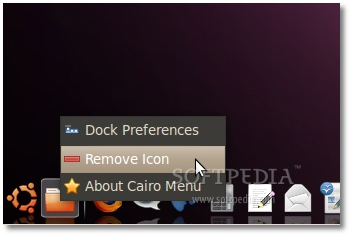

Luckily, a clipboard manager called Clipboard Indicator is available as a GNOME extension. The GNOME desktop tends to favor minimalism, and one of the things it swept under the rug is the clipboard manager.

Thanks to the modularity of Plasma widgets ("plasmoids," as they used to be called), Klipper can run as a system tray element in any desktop or window manager, such as Fluxbox, LXQT, i3, etc. With a clipboard manager, though, you can copy "zero" and then "one" and then "penguin" and then anything else you like, and all of them are stored in your clipboard manager's history.Īs usual with KDE, the clipboard manager appears simple but is actually a robust, scriptable, and customizable suite of useful utilities. That's how normal desktop copy and paste works, and it seems to be good enough for most users. In other words, imagine that during a session with your mundane desktop, you copy the word "zero" from a text file and then the word "one." Normally, the second item (the word "one") replaces whatever is in your clipboard (the word "zero"), so when you paste, you see the second item (the word "one"). Long ago, early Unix desktops introduced the concept of a clipboard manager: a GUI application meant to track the history of what you copy and cut so that you can paste not only the most recent item but any of the most recent 10 or 20 things you copied.
UBUNTU CLIPBOARD HISTORY FREE


 0 kommentar(er)
0 kommentar(er)
